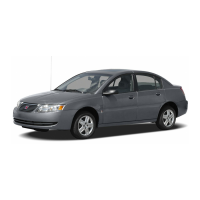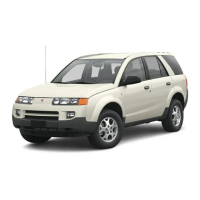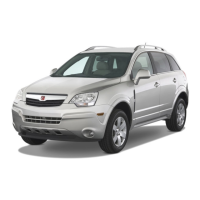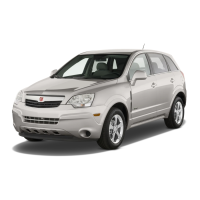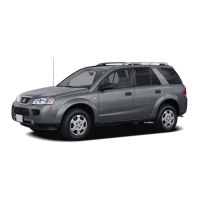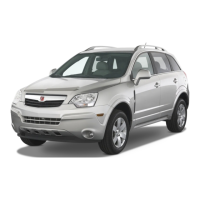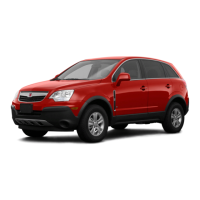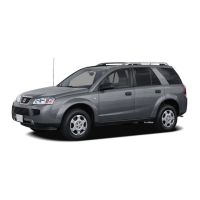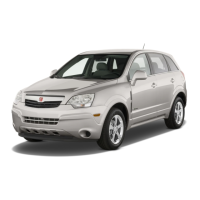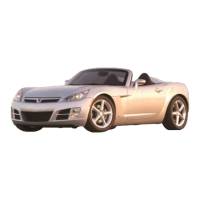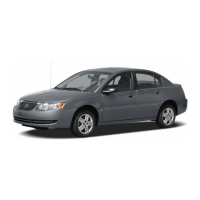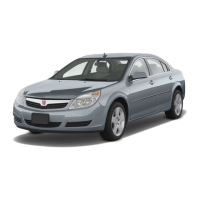{CAUTION:
If something is between an occupant and an
airbag, the bag might not inflate properly or it
might force the object into that person causing
severe injury or even death. The path of an
inflating airbag must be kept clear. Do not put
anything between an occupant and an airbag,
and do not attach or put anything on the
steering wheel hub or on or near any other
airbag covering. And, if your vehicle has
roof-mounted side impact airbags, never
secure anything to the roof of your vehicle by
routing the rope or tiedown through any door
or window opening. If you do, the path of an
inflating side impact airbag will be blocked.
The path of an inflating airbag must be
kept clear.
When Should an Airbag Inflate?
The driver’s and right front passenger’s frontal airbags
are designed to inflate in moderate to severe frontal
or near-frontal crashes. But they are designed to inflate
only if the impact exceeds a predetermined deployment
threshold. Deployment thresholds take into account
a variety of desired deployment and non-deployment
events and are used to predict how severe a crash
is likely to be in time for the airbags to inflate and help
restrain the occupants. Whether your frontal airbags
will or should deploy is not based on how fast your
vehicle is traveling. It depends largely on what you hit,
the direction of the impact and how quickly your
vehicle slows down.
In addition, your vehicle has “dual stage” frontal airbags,
which adjust the restraint according to crash severity.
Your vehicle is equipped with electronic frontal sensors
which help the sensing system distinguish between a
moderate frontal impact and a more severe frontal
impact. For moderate frontal impacts, these airbags
inflate at a level less than full deployment. For
more severe frontal impacts, full deployment occurs.
1-53
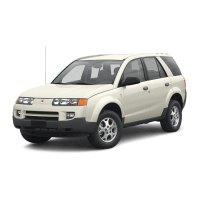
